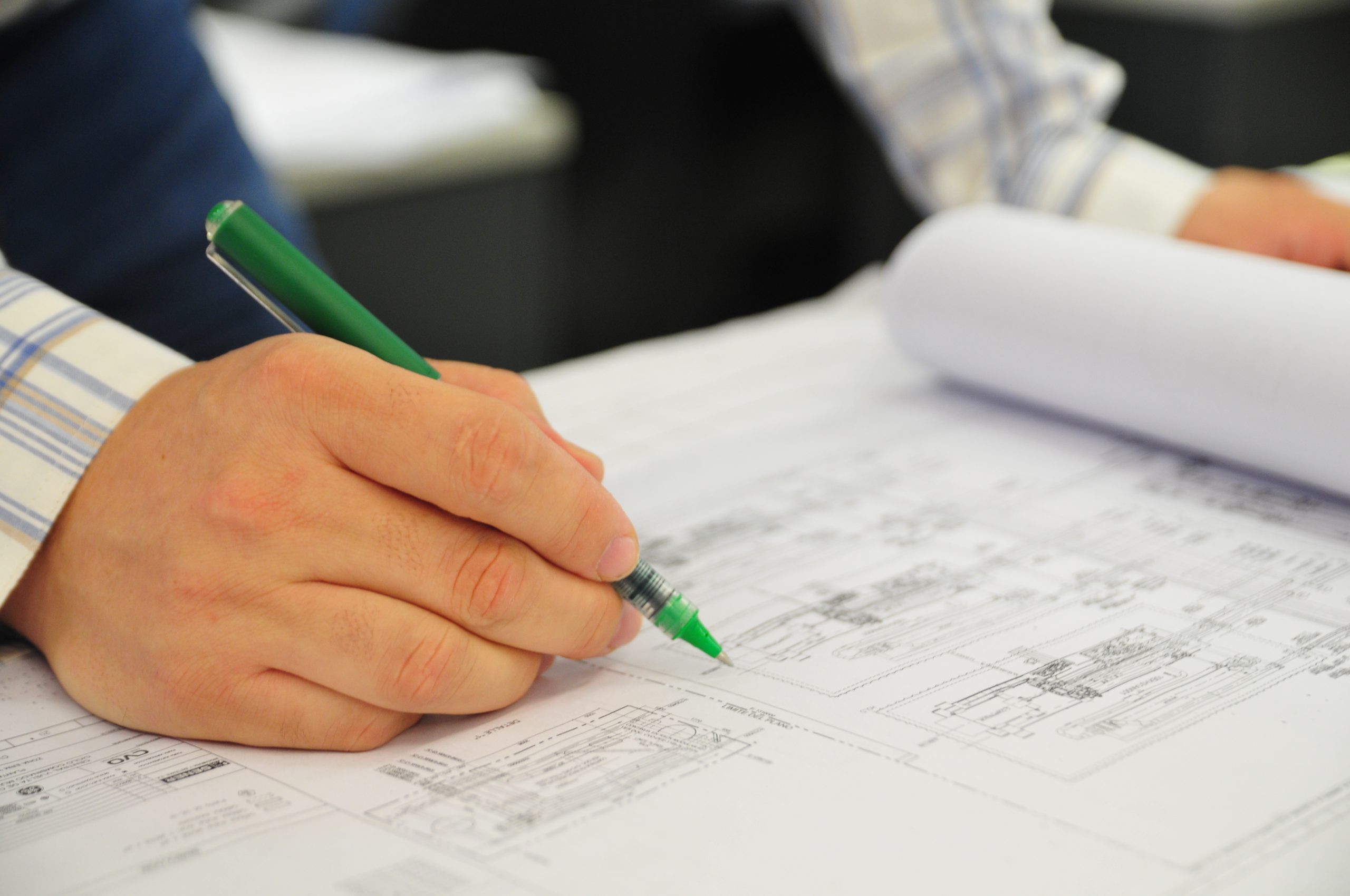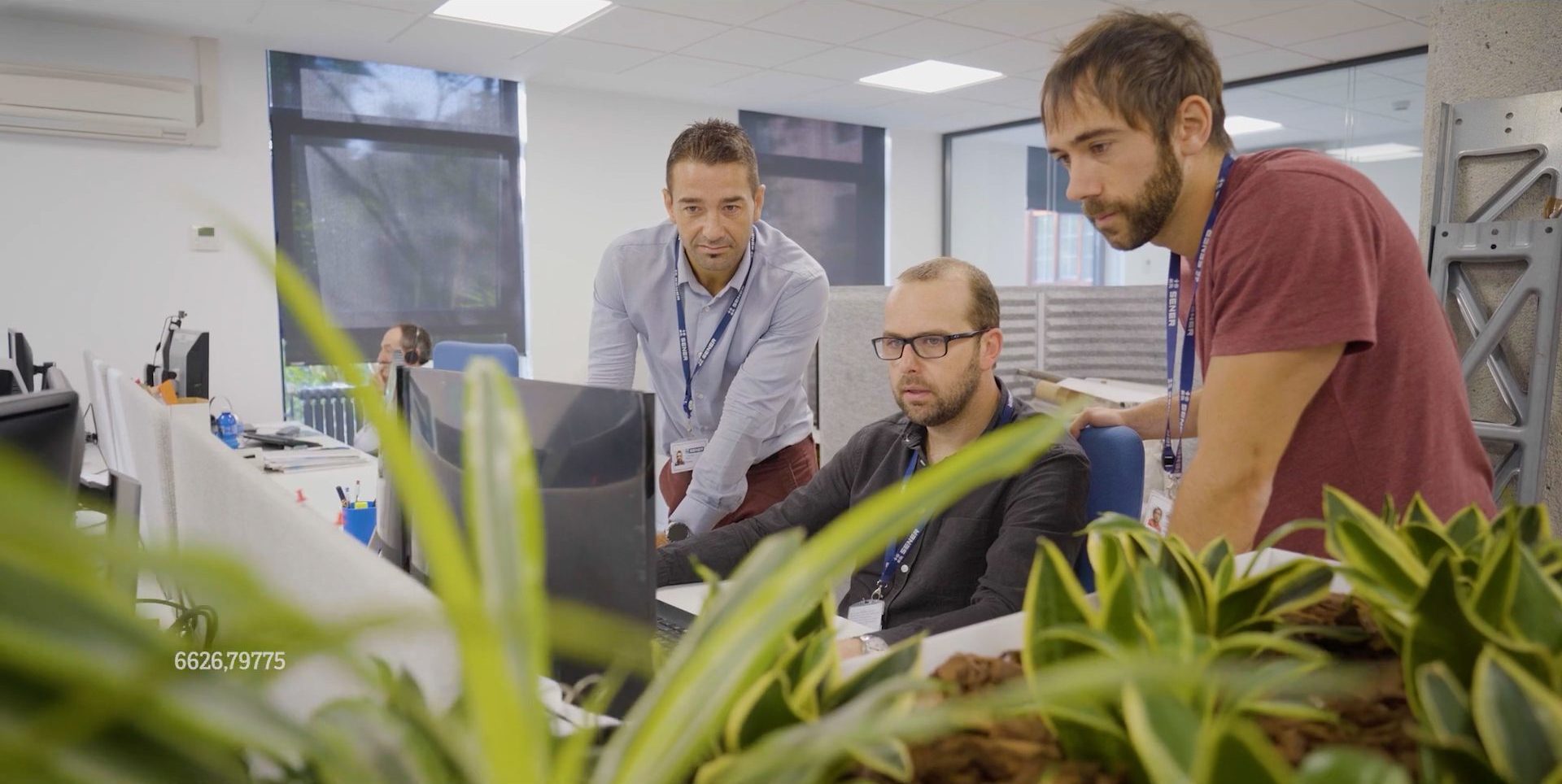
- Mobility & Infrastructures
Categories:
Stadiums are, to a certain extent, the large temples of today. They are complex buildings, equipped with cutting-edge technology and architectural designs that make them become references in the cities and even the countries where they are located.
However, the great technical and economic effort involved in its construction does not correspond, in most cases, with operation and exploitation consistent with said investment. Many of the stadiums are designed almost exclusively to host sporting events, which prevents alternative activities or events from being held, limiting their use to a few days a year.
We can say that many of the modern stadiums are large containers with little content, underused by their owners or operators, which represents the loss of a great opportunity to obtain economic income from events and activities outside of sport, without forgetting the space and service. wasted publics.
Technology and innovation: revolutionizing the role of stadiums
Is it impossible to combine sporting activity with alternative events in stadiums? Let’s travel, for a moment, back in time. The ancient amphitheaters were multifunctional spaces that hosted all types of events: from gladiatorial combats to representations of naval battles, known as naumachias.
It’s true that the function of most stadiums is not limited almost exclusively to sporting events in all markets: in the US, they are flexible spaces that host events all year round… although their versatility requires many franchises to replace natural grass with artificial covers that alter the experience of players and fans, unacceptable in sports such as football or rugby.
Through technology and innovation, stadiums around the world have an opportunity to revolutionize the role they play in urban environments, without detracting from the sporting experience. Both are the key to opening the door to numerous possibilities that are currently wasted.
In this way, stadiums can be transformed into leisure and business centers, into new multifunctional and flexible urban spaces, capable of hosting all types of alternative events to those of a sporting nature, every day of the year, without damaging the playing field.
Maintenance of natural grass: one of the biggest challenges
Maintaining natural grass is the biggest obstacle that we must overcome to transform stadiums into multifunctional spaces. However, it is not insurmountable. In fact, there are already real success stories that have solved this technical problem. This is the case of Real Madrid’s Santiago Bernabéu stadium, where Sener worked to deploy a fully automated retractable grass system, Hypogea.
The system moves the trays into which the field is divided, from their central position in the stadium to an underground chamber, equipped with the necessary facilities to optimally maintain the grass for long periods. In this case, Hypogea reverses the situation: the grass always remains in the camera, moving only on match days.
Today’s stadiums have a golden opportunity to become the urban centers of tomorrow, offering citizens a modern and multipurpose facility, capable of hosting all types of activities in a dynamic and safe way, which will have an impact on the improvement of cities. At the same time, operators can have additional income to increase the competitiveness of their equipment. Stadiums are spaces that fans enjoy occasionally during a sporting event. Thanks to technology, they can become multifunctional spaces that all citizens can take advantage of, 365 days a year.
Jorge Vizcaya
Jorge Vizcaya has been an architect in the Mobility department of Sener since 2007. In recent years, he has focused on sports facilities, specifically on developments related to stadium systems. Jorge is one of the architects of the Hypogea retractable turf and conservation system, successfully installed at the Santiago Bernabéu Stadium.









